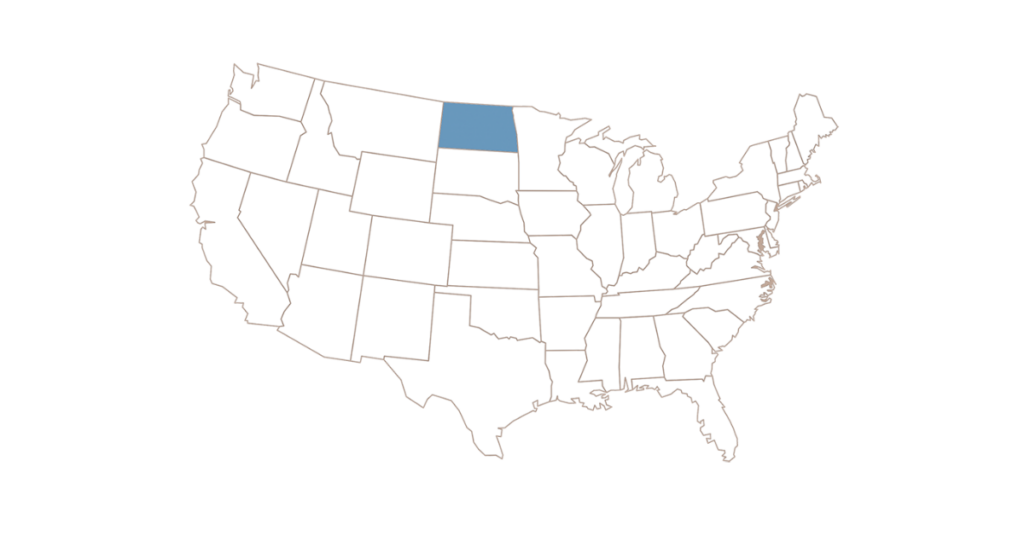
North Dakota State Potato Seed Report 2023
By May 15, according to the USDA- NASS Crop Progress and Condition of North Dakota Potato Crop report, 20% of the North Dakota crop had been planted, which was 3% behind 2022 but 33% behind the average for the state. Planting conditions were delayed due to a large snowpack, and the situation was exacerbated by hot conditions in May and June. Precipitation was low at the time of planting and this did not delay planting. By May 30, 74% of the potato crop had been planted; this figure increased to 94% by June 12.
According to the North Dakota Agricultural Weather Network, June precipitation averaged 3.3 inches across all major growing regions, declined to less than 1 inch in July, but increased to over 1.5 inches in August. It was a dry growing season. Even with the low amounts of precipitation, growers reported average to above-average yields.
Most of North Dakota dryland Red River Valley acreage produces red and round white potatoes, though yellow acreage is increasing. Most of these varieties are short season. Conditions for dryland harvest were better in 2023 than in 2022, with most areas receiving sufficient moisture to reduce damage to their crop. Processing russet potatoes, grown further south and west, require a longer growing season for bulking and all of these acres are under irrigation. There were no delays to harvest this year.
The North Dakota State Seed Department (NDSSD) conducts field inspections to visually identify diseases, such as Potato Virus Y (PVY). The NDSSD also operates a quality control laboratory in Fargo, ND and conducts serological tests for PVY at this location. A total of 96 lots were tested for PVY, with 20% tests registering positive for PVY. Potato Virus Y was detected in 34% of lots during summer field inspections.
A total of 13,507.72 acres were entered into the certification program this spring, a decrease of 201.28 acres from 2022. 13,413.52 acres passed summer field inspections. The top five varieties were:
- Norland strains, 2,292.99 acres
- Umatilla Russet, 1,702.65 acres
- Ranger Russet, 1,187.80 acres
- Dakota Russet, 1,159.20 acres
- Dakota Pearl, 932.60 acres
Nearly 50% of seed acres in North Dakota in 2023 were under Russet production. White and red seed acres were fairly comparable in 2023.
The NDSSD will not be traveling to Florida for its annual postharvest test in 2023, Instead, the postharvest test will be conducted in Waialua, Hawaii, along with 10 other seed-producing states. In order to match industry standard, a few changes have been made to the NDSSD winter test protocol. The program is no longer requiring 300 and 600 tuber samples. Instead, sample sizes have been reduced to 200 and 400 tubers, depending on acreage. Planting will occur on Dec. 4, and Seed Department employees will return for readings on Jan 5.
For more information, click here.
— Adam Winchester, director, potato programs, North Dakota State Seed Department







